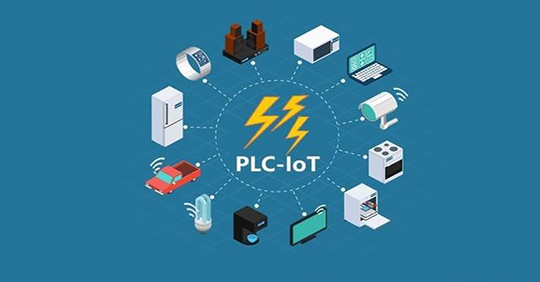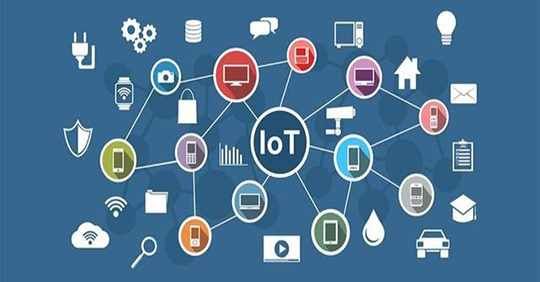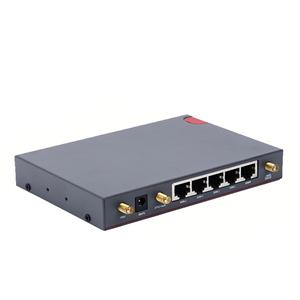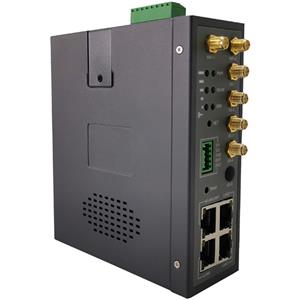PLC-IoT saves IoT connectivity
PLC-IoT saves IoT connectivity

Massive IoT devices are about to go online, and with them comes the issue of connectivity. WiFi? LTE private network? 5G? All of these require separate construction of base stations and supporting connections, driving up construction costs. Power line carrier technology (PLC-IoT) can allow wires to transmit network data. When there is electricity, there is a network to save the Internet of Things connection. If you use this technology, products can be theoretically connected.
The Internet of Everything has become an irreversible tide. As small as keys and watches, as large as cars and skyscrapers, various sensing devices must now be installed. Then connect with the back end through the network to make life or industry more intelligent.
The Internet of Things requires not only things, but also the Internet. Especially in recent years, the outbreak of the Internet of Things has led to a variety of connection methods. What infrared, WiFi, Bluetooth, ZigBee, VB-IoT, LoRa, LTE, etc. have put the market into a scuffle. And equipment between different manufacturers, different types of equipment, can not use a network. As a result, if the Internet of Things is to be realized, users need to build several networks, which greatly increases the input cost.
PLC-IoT reconstructs the Internet of Things as needed

When it comes to electricity, there is a network technology. In fact, Nortel had a similar technology more than 20 years ago, but with the disappearance of Nortel, this technology will be gone. , PLC-IoT (Power Line Carrier Communication Technology) is emerging as needed. As the name implies, it can transmit network signals through power lines, and the device can have a network connection when it is powered on. The distance can be several kilometers, and users do not need to build an additional network.
PLC-IoT supports the IPv6 protocol, and different types of end devices can share the PLC network. Thanks to the IPv6 protocol, PLC-IoT technology can carry a wealth of IoT protocols through the TCP / UDP protocol.
Now PLC-IoT is facing the Internet of Things in its infancy. Its operating frequency range is 0.7-12MHz, low noise and relatively stable, and good channel quality. It adopts orthogonal frequency division multiplexing (OFDM) technology, which has high frequency band utilization and anti-interference. Strong ability, communication rate between 100Kbps and 2Mbps, can fully meet the intelligent connection requirements of most terminals.
Internet of Things Internet of things, things and networks cannot be separated. At present, PLC-IoT technology has been implemented in power, transportation, finance, fire protection and other industries. For example, in the intelligent transportation industry, it is necessary to collect various data such as signal lights, traffic flows, video probes, and countdown signs at various intersections. In the past, if you want to do this, you need to plan the road, pull the network again, and then build a new road pole. The construction period is long and the investment is large. Using PLC-IoT technology, as long as the device is powered on, the problem of network signal transmission can be solved. There is no need to dig roads in the ground. Just insert a PLC module and a PLC core board at the edge to complete the interconnection of the front-end equipment. Another example is the electricity meters, water meters, gas meters, etc. that we have in our homes, which originally required staff to manually read meters from house to house, which not only consumes huge human resources, but also easily generates billing errors. After PLC-IoT technology is supported, staff can remotely read and meter for billing without entering the door, which is very convenient.
According to relevant technical statistics, it is estimated that by 2020, the global Internet of Things market will exceed USD 1.7 trillion, RMB will exceed RMB 10 trillion, and the number of related connections will reach 20.8 billion. The PLC-IoT technology can be combined with the current construction of smart cities, so that each sensor in the smart city can be networked with PLC-IoT technology. At present, 300,000 terminals have adopted PLC-IoT technology, and its ecosystem and industrial practices are rapidly developing.
PLC-IoT realizes a scenario where there is electricity and a network, so that most IoT devices no longer need to build a separate network. If large-scale promotion is needed, it is also necessary to establish an industrial alliance to unify standards. Otherwise, in the process of construction in various places, there will be problems such as mutual support and data islands.
Homtecs M2M Cellular Router and Modem connect your PLC-IoT assets, Homtecs M2M Cloud Mangement Platform manage your PLC-IoT assets




